The original plan was to travel to Tibet and then continue to Nepal by land making a stop at the Everest base camp on the way. The plan was shattered to pieces after researching prerequisites needed for a Tibet visit. Namely two different permits you have to apply at least two weeks beforehand, as well as a mandatory packaged tour. The cheapest quote we got was around 1000€ per person for a week long tour, which would involve sitting on a back seat of a jeep most of the time. Uhm, not something I would call a good deal. So the plan was hatched and instead we opted for Shangri La, a dose of Tibet in the northern parts of Yunnan without silly rules and fees. Interestingly enough all this hassle made me sympathetic for the Free Tibet cause. I guess this is not what the Chinese government had in mind by imposing restrictions on Tibet travel.
Despite the cheesy name, Shangri La turned out very enjoyable and blew Dali and Lijiang out of the water. The original name of the city is Zhongdian. In 2001 in order to promote tourism the government decided that it was the location of the fictional Shangri La described in James Hilton’s novel and thus the city was given the new name. In a karmic twist of fate, Shangri La’s old town got burned down in January 2014, which affected domestic tourism in a negative way. Unlike other destinations on Yunnan’s tourist trail, Shangri La has tranquil atmosphere with the burnt old town and few tourists adding a spooky touch. It is beautiful though. Every evening on the main square there is popular public dancing to the neo rave take of traditional Tibetan music. Totally awesome, authentic and surprisingly good music too. Surroundings include one seasonal lake, mountains and all around wonderful landscapes. A good bicycle is the best option to explore the area, but you should give some time for acclimatisation to the high altitude (3200m). Indeed in the beginning any kind of negligable exercise felt like a challenge. Bicycle is also a good way to dodge entrance fees for the lake, as you can ride through the fields avoiding ticket booths on the main road. Further away there is a rather nice gorge (but not a match for Tiger Leaping Gorge) and the spectacular Bai Shui Tai water terrace. All around Shangri La is a nice place I would not mind paying a visit again.
According to a French jazz musician we met in Shangri La, there is a better chance to experience Tibet culture in the remote parts of Yunnan and Sichuan due government’s constant attempts to assimilate the culture in Tibet. Upon researching northern parts of Yunnan seemed to have even more to offer. Further up north there is Deqin, a gateway to a mountain range reputed to be one of the most beautiful in the world. An overland trip from Shangri La to Chengdu crossed our minds, but in the moment of weakness we had hastily booked a flight out of the country that we had to catch. All this made us almost regret that we had not stayed in China for a longer time. Maybe another trip is in order.
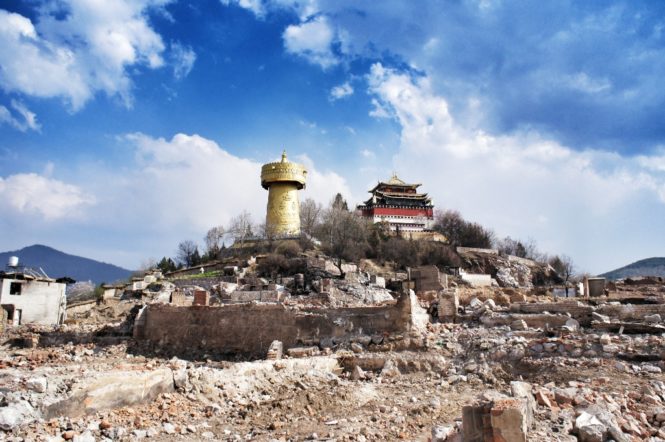
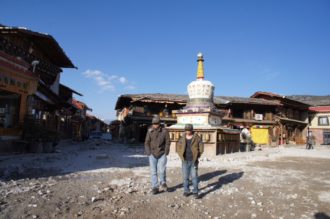

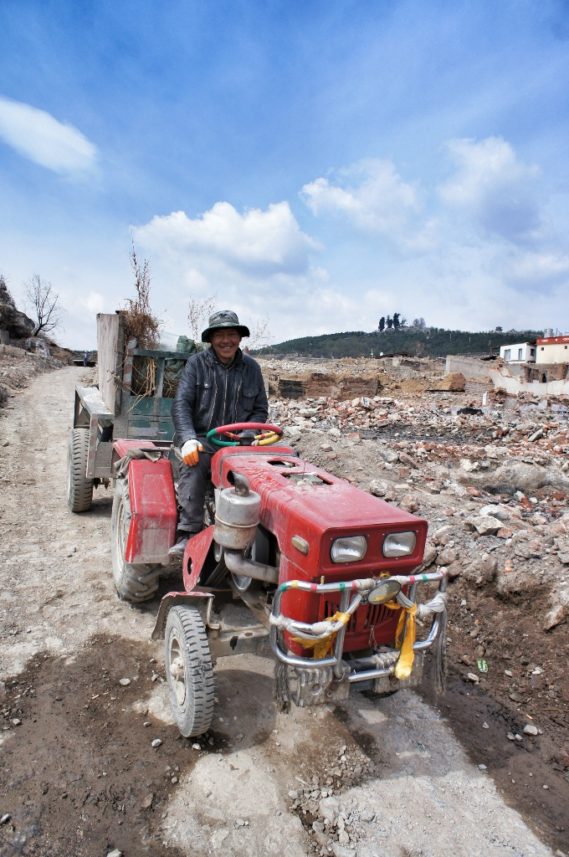


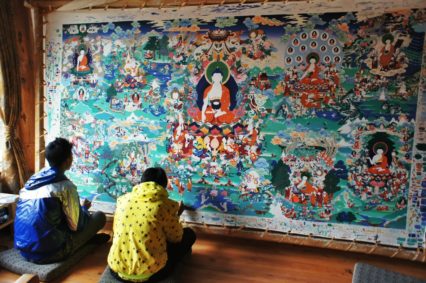
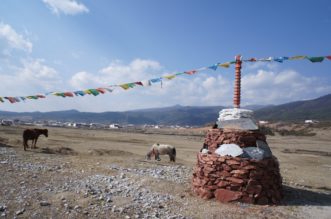

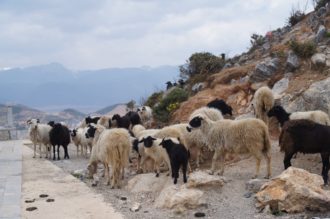
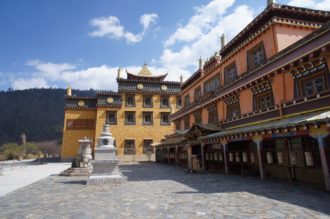
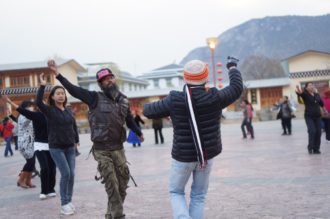



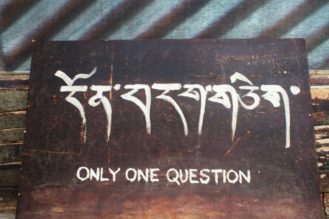
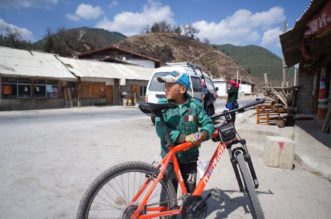

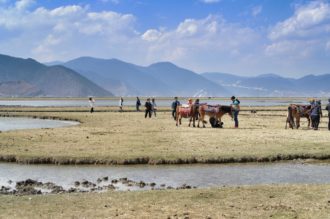
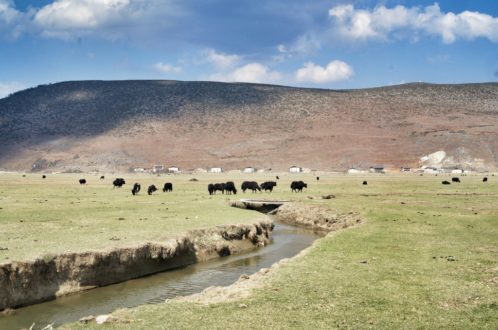



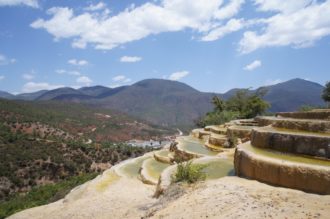

One thought on “China Part 5: The Surrogate Tibet”